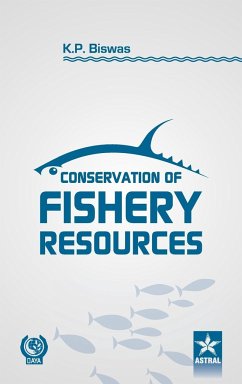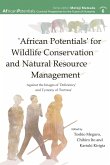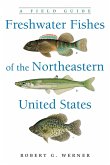"The need for conservation of fishery resources in aquatic ecosystems (marine, lentic and lotic) arise when the sustainable exploitation is jeopardized by irrational anthropogenic activities, like destroying and polluting the aquatic habitats, indiscriminate altering the natural ecosystems and overfishing leading to massacre of juveniles and brood stocks to maintain the future progeny. This is exactly happened in case of fishery resources globally, and regionally. With the advent of industrial revolution at the beginning of twentieth century and the invention of oil-fired diesel engine for fishing trawlers followed by onboard refrigeration, distant water factory trawler, modern navigation and fish detection devices and novel fishing techniques with improved fishing gears, the world continental shelves were sweeped for demersal fishes by giant trawls, pelagic fishes were enclosed by purse seines and squid and cuttle fishes were lured by surface illumination for capture. The result is - the collapse of fisheries, one after another, first globally in developed fishing nations and then in the developing fishing countries. All these problems relating to coastal and marine ecosystems, fisheries resources and population dynamics, the effect of fishing, evaluation of potential yield and sustainable fishing, present fish landing trend in world oceans, the threat of endangered species, the need for conservation in world oceans and fish stocks from extinction and the basic concepts of fishery management guiding the management policies, such as ban on fishing, establishment of Marine Protected Areas and declaration of sanctuaries have been described in details in thirteen chapters of the book. The similar problems of open access fisheries in coastal lagoons, man-made reservoirs and rivers and the conservation of fisheries biodiversity in these ecosystems find place in last three chapters of the book. The book will be useful for the teachers, students and researchers of the fisheries field."








